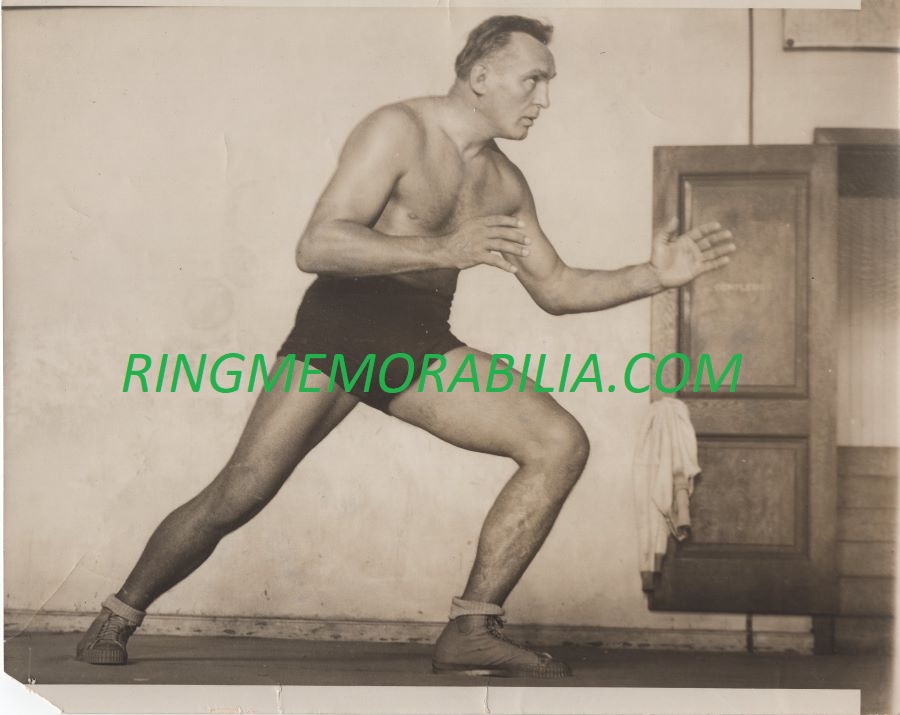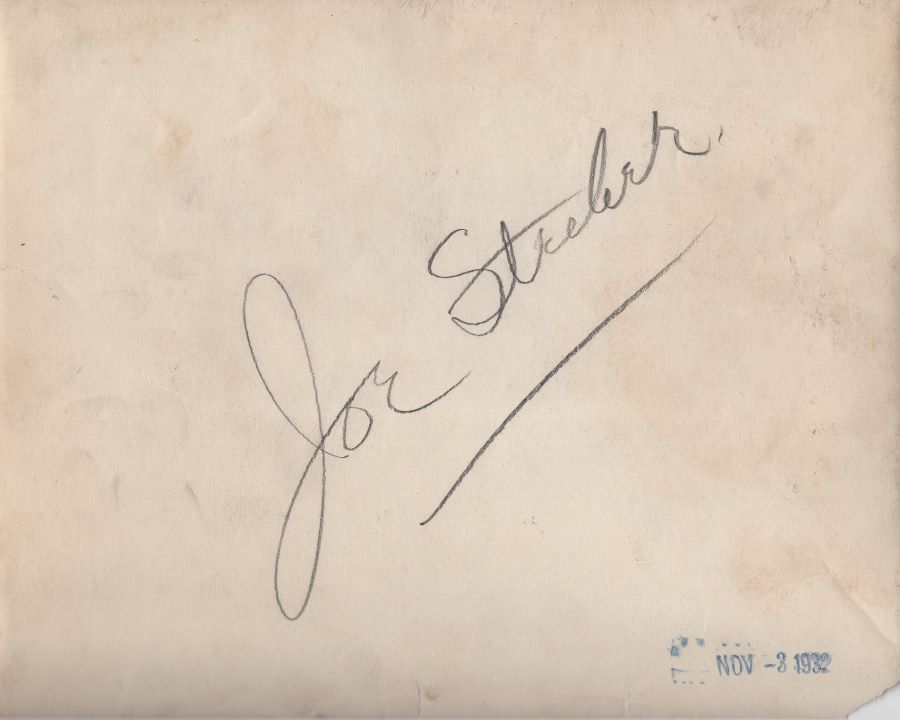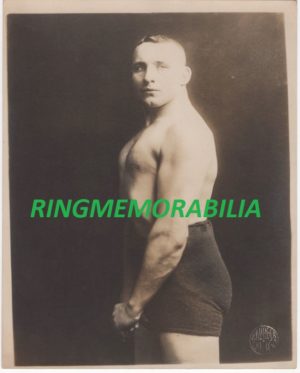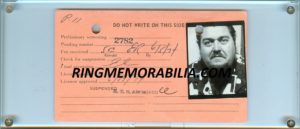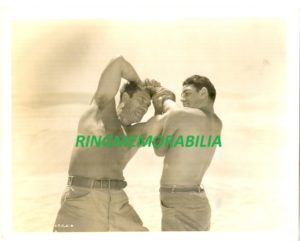Description
In 1912, both Joe and Tony Stecher decided to join the professional ranks; and Joe easily defeated Bill Hokief in his first pro match. After a few months, it soon became apparent that Joe, who was taller and heavier than his older brother, was also the clearly superior grappler. However, Tony possessed greater savvy for the business; and so he subsequently became Joe’s trainer and co-manager along with Joe Hetmanek (who had previously served as the Dodge postmaster). During this time, he also developed freakishly strong leg muscles as he practiced squeezing 100-pound sacks of grain on the farm until they would ultimately burst. He was also said to have practiced said squeezes on pigs and even a mule. As a result, Stecher soon became renowned for his feared leg scissors submission hold, which subsequently earned him the nickname of “The Scissors King”. Nevertheless, Stecher would not gain national awareness until attracting the attention of the fabled “Farmer” Martin Burns, the former American Heavyweight Champion who was also the mentor to the now-current World Heavyweight Champion Frank Gotch. While touring the area, Burns planned to sucker the area gamblers by offering cash to any local wrestler who could defeat his “strongman”, who just happened to be world-class hooker Yussiff Hussane, one of wrestling’s feared “Terrible Turks”. This was a standard con for Burns’ group, and when young Stecher accepted the offer, nobody anticipated that he would pose a legitimate challenge. However, Stecher proceeded to outwrestle the great champion, and when he finally slapped on his patented scissors hold after 45 minutes, a desperate Hussane was disqualified for biting Stecher’s leg.
Stecher retired for good in 1934, but later suffered an emotional breakdown and was institutionalized in the St. Cloud Veteran’s Hospital in St. Cloud, Minnesota, where he remained for thirty years. In the late 1930s, Lou Thesz met Stecher during a wrestling tour in Minnesota. Thesz recalled that even after many years away from the sport Stecher still retained his elite wrestling skills. Thesz and some other wrestlers worked out with Stecher, and Stecher easily dispatched them during a sparring session. He died on March 29, 1974 at age 80.

